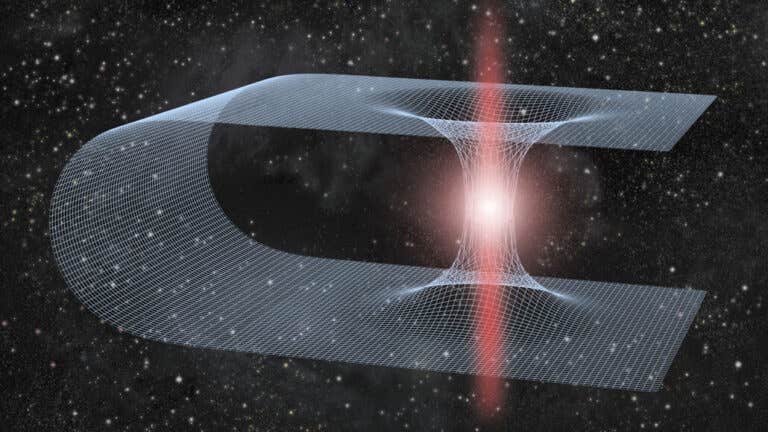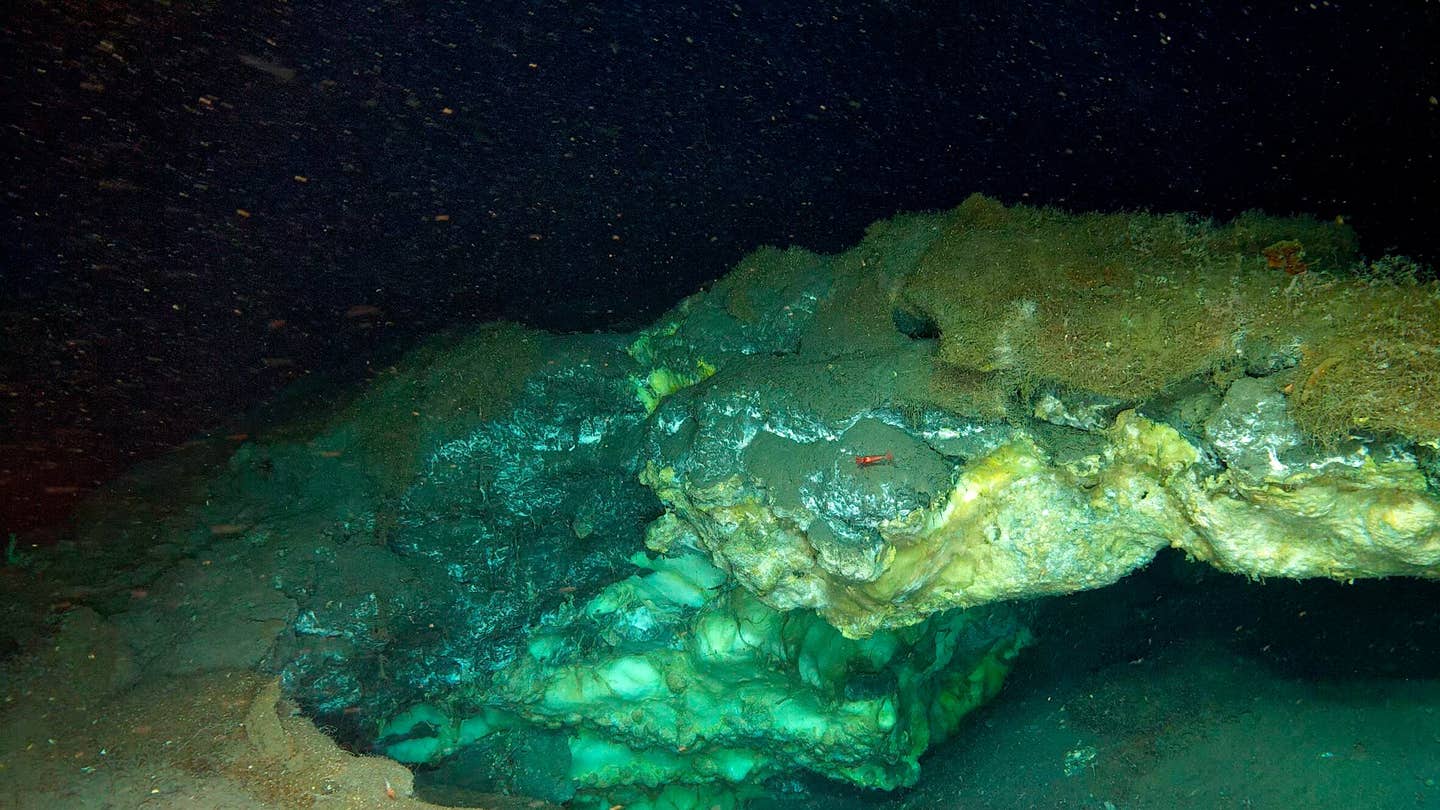There may be realistic ways to create wormholes in space!
Nobody knew that the existence of a black hole could prove to be real someday. Wormholes, just like black holes, are a mathematical…

[July 24, 2021: Darren Stephenson]
A wormhole is a tunnel through spacetime that connects different parts of the cosmos (illustrated). Scientists report that a black hole circling a wormhole would emit a telltale pattern of gravitational waves. CREDIT: ESTT/ISTOCK/GETTY IMAGES PLUS
Nobody knew that the existence of a black hole could prove to be real someday. Wormholes, just like black holes, are a mathematical outcome of Einstein’s general theory of relativity. Although we have seen wormholes only in Sci-Fi movies, researchers suggest the possibility of their real formation as well.
WHAT ARE WORMHOLES?
Imagine space as a vast sheet of paper. You live at one end and you want to travel to the other end. Ordinarily you'd have to trudge across the entire length of the page to get there. But what if you folded the paper in half instead? Suddenly, where you are and where you want to be are right next to each other. You simply have to jump that tiny gap. We call these objects wormholes because it is like a worm trying to navigate its way around an apple. To get from the top to the bottom it has two choices: Crawl around the outside, or chew a shortcut through the middle.
Albert Einstein and Nathan Rosen hypothesized that these strange traverse tunnels could come into existence through black holes. This could create a link between two ends in spacetime. Imagine having entered your bathtub pipe, you exit at a similar bathtub.
Until recently our chances of finding these objects — if they even exist — were slim at best. But that changed in February 2016 when the scientists behind the LIGO (Laser Interferometer Gravitational-Wave Observatory) experiment announced the first-ever detection of gravitational waves. These are tiny ripples in the fabric of space-time, predicted by general relativity, which spread out through the universe much like ripples on a pond. "It was a game-changer," says Vitor Cardoso, a physicist at the University of Lisbon in Portugal.
Two black holes — each about 30 times more massive than the sun — had rammed into each other 1.3 billion years ago. Their violent crash sent a tsunami of gravitational waves roaring out through space-time, eventually reaching the LIGO instrument in September 2015.
Computer simulation of a black hole collision. (Image credit: SXS, the Simulating eXtreme Spacetimes (SXS) project (http://www.black-holes.org))
Cardoso's research suggests that two colliding wormholes would produce a similar burst of gravitational waves. Excitingly, however, he says the resulting waves would be slightly different, allowing us to distinguish between black holes and wormholes.
Two factors constantly hold up its emergence – its stability and minuteness. According to general relativity, any matter passing through a wormhole might shut the tunnel due to its gravitational force. An additional force is required to prevent its shutting, named as ‘exotic’ matter.
Could we travel through a wormhole?
As far as its minuteness is concerned, there exists no such formula which would allow the traveling through wormholes on the macroscopic level. The creation of such a tunnel demands an extraordinary yet attainable kind of matter.
Both, the generation process and the exotic matter of the wormhole are to be near possibility. Towards the end of 2017, Ping Gao and Daniel Jafferis of Harvard University, and Aron Wall of the Institute for Advanced Study, made an advancement regarding its long-lasting stability.
According to them, the application of quantum entanglement would be helpful. It creates a link between quantum states of objects irrespective of the distance. Entanglement is easier to create while its distinctive ability generates a stable exotic element.
Yet the discovery has its limitations. Nabil Iqbal and Simon Ross of Durham University proved theoretically that certain disruptions in the magnetic field of a black hole can lead to a stable wormhole. While their size exceeding microscopic level is still questionable.
Juan Maldacena and Alexey Milekhin pointed out that there must be a specific way of acting for the dark matter, for the creation of bigger wormholes. But such circumstances would be hard to survive in.
The progress regarding wormhole is getting expanded day by day. Yet there is a tiny chance of a real wormhole suitable for a human to fit in. “For a very long time, we didn’t think these things were possible to build. It turns out that we can,” says Grado-White.
For more science news stories check out our New Discovery section at The Brighter Side of News.
Like these kind of feel good stories? Get the Brighter Side of News' newsletter.
Tags: #New_Discovery, #Gravity, #Space, #Space_Travel, #Black_Holes, #Worm_Holes, #The_Brighter_Side_of_News



